Elephants Are Endangered – What Are We Doing?
- At February 28, 2013
- By Rosemary Wright
- In Global Issues
 0
0
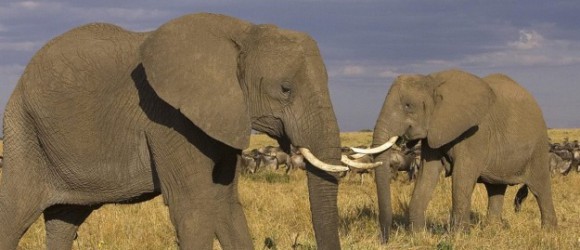
Elephants – Such Interesting Creatures!
Elephants are mammals and herbivores. In the wild they live in herds and roam in sub-Saharan Africa and south and south-east Asia. It is believed by many scientists and researchers that 30 million years ago they were aquatic with the trunk serving as their air source. Their early ancestors were most certainly the woolly mammoths.
NOTE: Some Pictures or Content May be Graphic or Disturbing To Younger or Sensitive Readers
Ideally they like to live near water but can survive in forests, marshes and savannahs. Their ears help to control their body temperature and the trunks the constant point of connection. A large elephant’s trunk can be 7 feet long and weigh up to 400 pounds. The flexible trunk has no bone, little fat and can have up to 40,00 muscles divided into 6 major muscle groups.
An elephant uses his trunk to touch, explore, taste, play, eat, drink and communicate with other elephants. Their sense of smell is more acute than that of a bloodhound. The trunk is incredibly sensitive. Cruel trainers will always beat, pierce and hurt the trunk of an elephant to force it to submit or learn. A large elephant can reach items up to 23 feet hight by entending his trunk. The eyes of an elephant have limited mobility. They can see well in dim light but not in bright sunshine. They use their tusks to dig for water, salt and roots, to de-bark trees, to move things, to protect their trunks and to fight. They are either left or right tusked and the master tusk is almost more worn down than the lesser tusk.
When Looking At Elephants:
The Asian Elephant has smaller ears and 1 finger on the tip of his trunk that can be used as a scoop. It can perform more complex tasks with his trunk than an African elephant. Some Asian elephant may not develop tusks – but many do. They usually have more hair on their heads. The Asian elephant can stand from 7 to 11 feet high and weigh 6500 to 11,000 pounds. Asian elephants are commonly used as working elephants in logging, to pull wagons, to lead religious parades, for tourist transportation, elephant picture painting and street begging. It is estimated that there are as many as 13,000 working elephants in Asia. Their living conditions can be deplorable – work all day – chained all night – inadequate food and care. The life of a circus elephant all around the world is one of cruelty, torture, pain, isolation, boredom and neglect.
A Baby Asian Elephant.
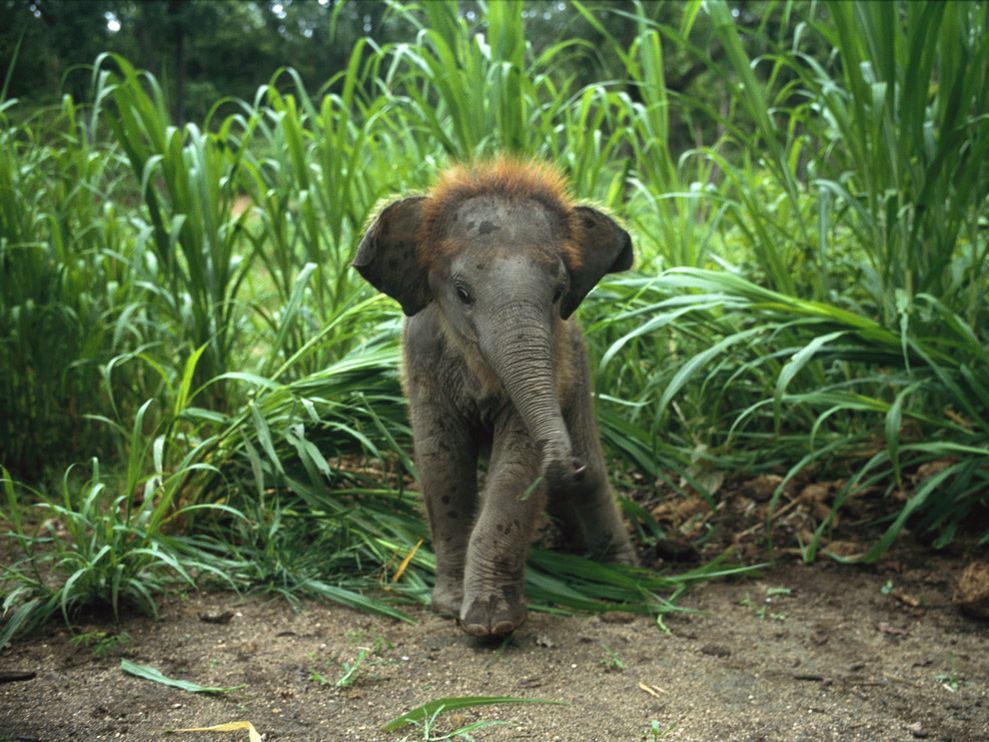
A Family of Asian Elephants.
A Working Elephant – Imagine – This Is Your Entire Life?
Chained At Night.
The African elephant has much larger ears and the tip of his trunk has 2 fingers so he can grab objects. The body of a large African male elephants can be 10 – 11 feet long. Their tusks are magnificent – the source of the craze for ivory in China and Thailand. African elephants can stand from 10 to 13 feet high and weigh from 8000 to 15,ooo pounds.
A Baby African Elephant
African Elephants of Different Ages.
This Heartbreaking Picture – A Baby Torn Away From It’s Herd.
This Is A Chinese Zoo.
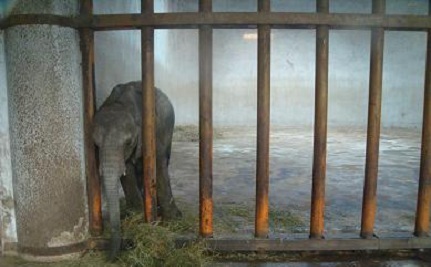
This Is What They Need!
A female elephant is pregnant for 2 years before giving birth and the calves are the centre of attention within a herd for up to 3 years. A calf is generally born in the wet season and can stand 33 inches tall and weigh from 250 to 3oo pounds at birth. Most male elephants leave the herd at puberty to live alone or with other younger males – somethimes on the periphery of a Matriarch’s herd. An elephant in the wild can live to be 70 years old.
They are incredibly self-aware animals and have a very complex life with bonded friendships, incredible loyalty and unsurpassed memory. They have empathy for a sick herd member and grieve deeply for a dead elephant. Their main enemies – other than humans – are the hyena, lions and tigers who can bring down an old elephant or a calf who has strayed away from the herd. At the first scent of danger the mature elphants surround the calves and face outward to the enemy. When the Matriarch of a herd dies – her oldest daughter – not her sister – takes over the care and leadership of the herd.
The skin of an elephant can be up to an inch thick and it very sensitive. They coat themselves with mud as a screen from harsh sunlight. An elephant’s brain can weigh from 10 to 12 pounds and the heart can weigh between 26 to 46 pounds. Elephants communicate with a trumpet, roar, squeal or bellow. Their hearing is aided by what they feel in their feet. They are amongst the most intelligent of animals, and like a monkey, they will use a tool. It’s common to see an elephant use a branch as a flyswatter. A trained elephant can learn up to 30 different commands.
African elephants are vulnerable.
Asian Elephants are endangered.
In 1989 CITES (the UN) made the ivory trade illegal. But we are not protecting these incredible creatures. The sale of supposedly old stock-piled ivory just increased the insatiable craving for more. In China – 83% of middle class, affluent people say they will continue to buy ivory. Entire factories in China have carvers lined up row upon row working on ivory works of art. Ever tusk represents a dead elephant. The indifference and ignorance is appalling.
Elephants are losing ground due to human poaching, habitat loss and conflicts with local people. Sport and trophy hunting is still allowed in Botswana – Cameroon – Gabon – Mozambique – Namibia – Tanzania and parts of South Africa. Local government officials can be involved in the poaching of elephants in both Asia and Africa.
It is estimated that there are 476,000 wild elephants remaining in Africa – last year 25,000 were slaughtered. If elephants continue to be poached at the current and increasing rate – they may be gone from the wild within 10 years.
In Janaury 2012 – an entire magnificent herd – 3oo elephants were slaughtered in Bouba Njida National Park – Cameroon – by poachers using machine guns. Just imagine the chaos and terror of that awful night. The buyer of the ivory is the ultimate mastermind of these on-going atrocities. It has been called an elephant holocaust.
If we don’t stand up and say enough we will on day soon be saying – “There used to be this incredible creature in the wild called an elephant but now – they are all gone!

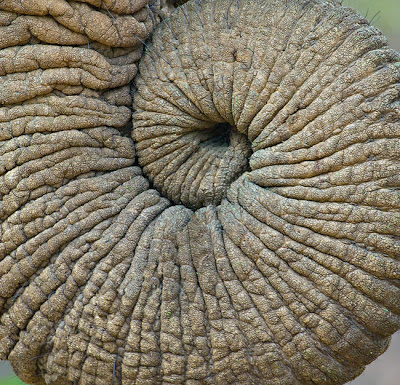
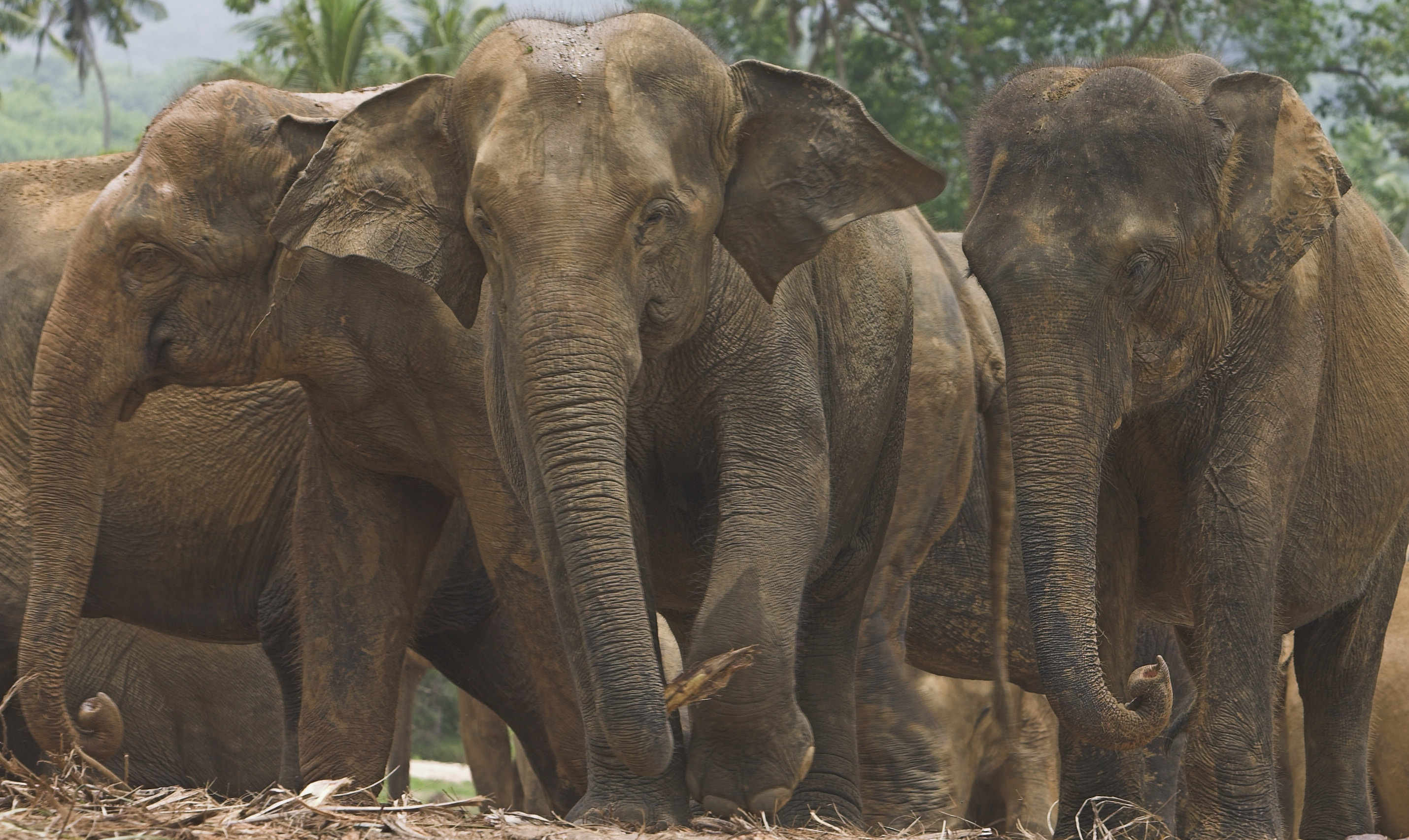
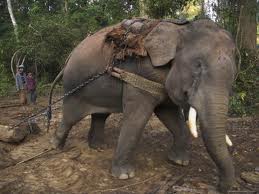
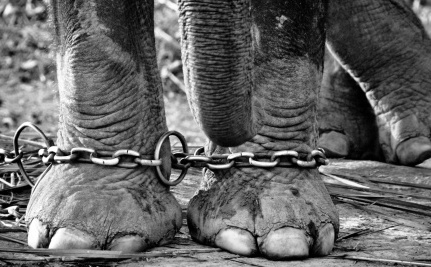
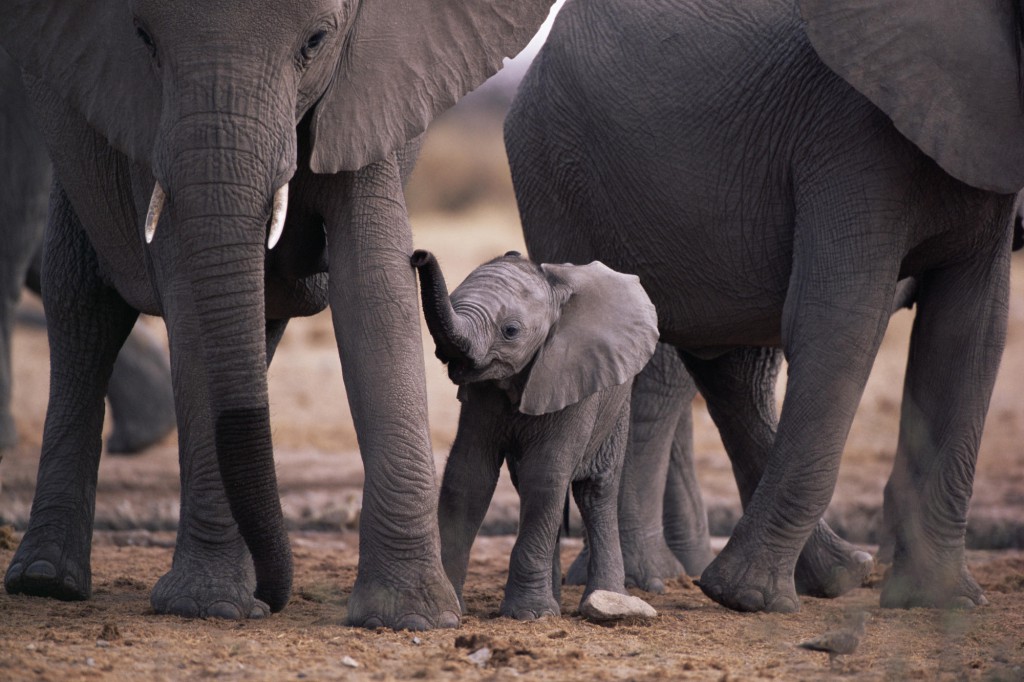
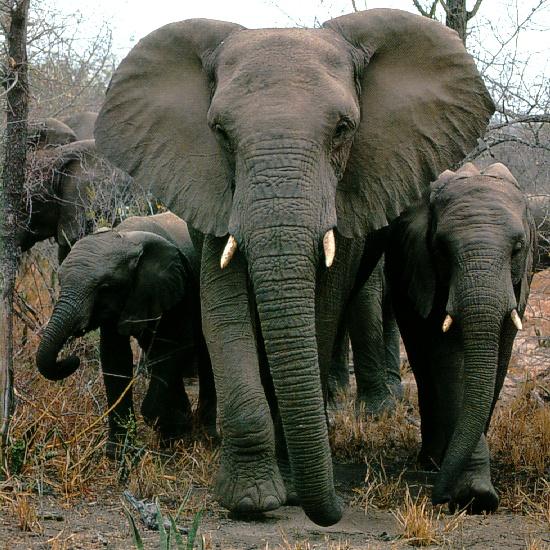
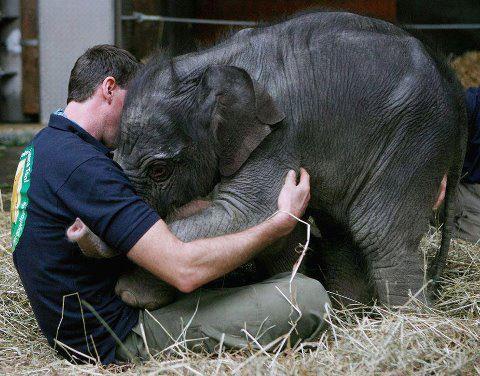

Follow – A BEATING HEART